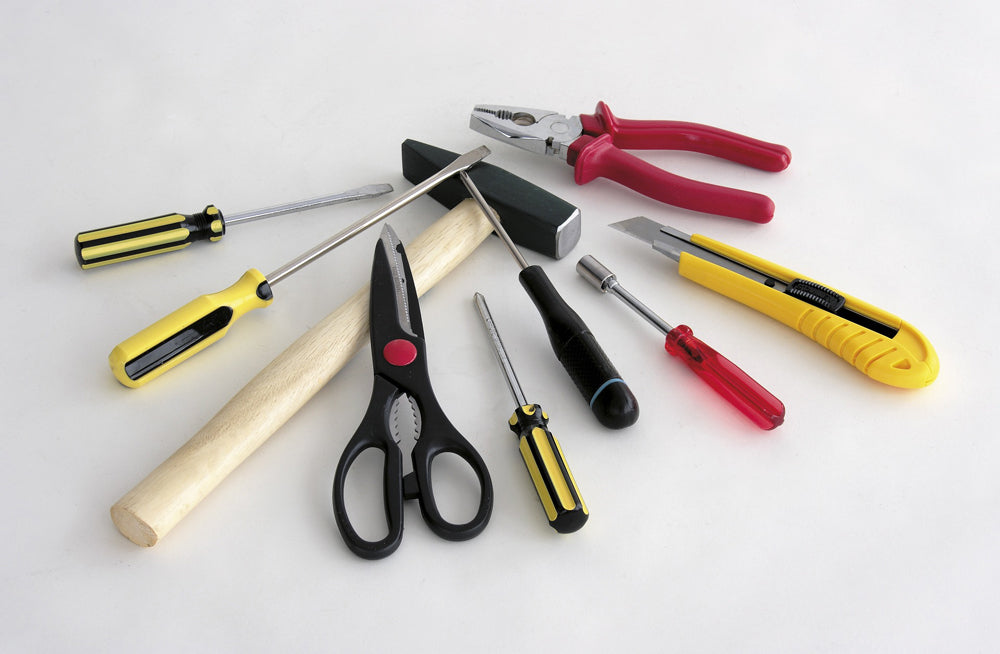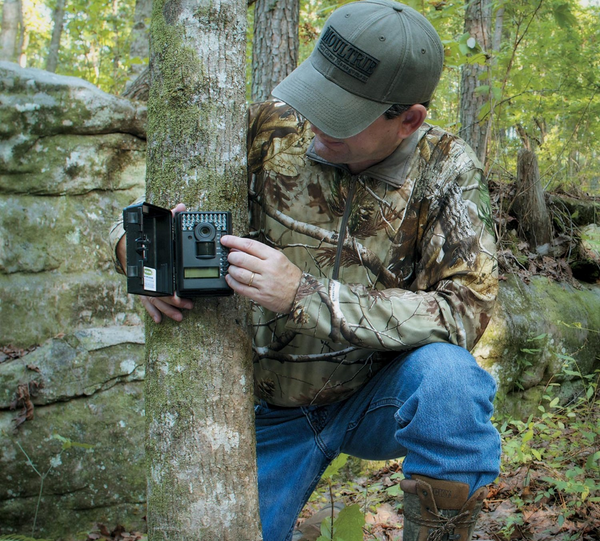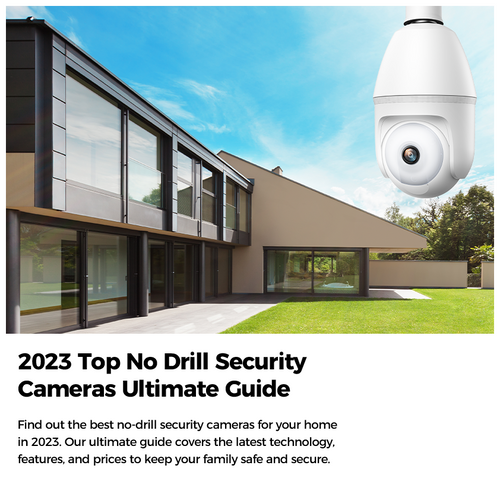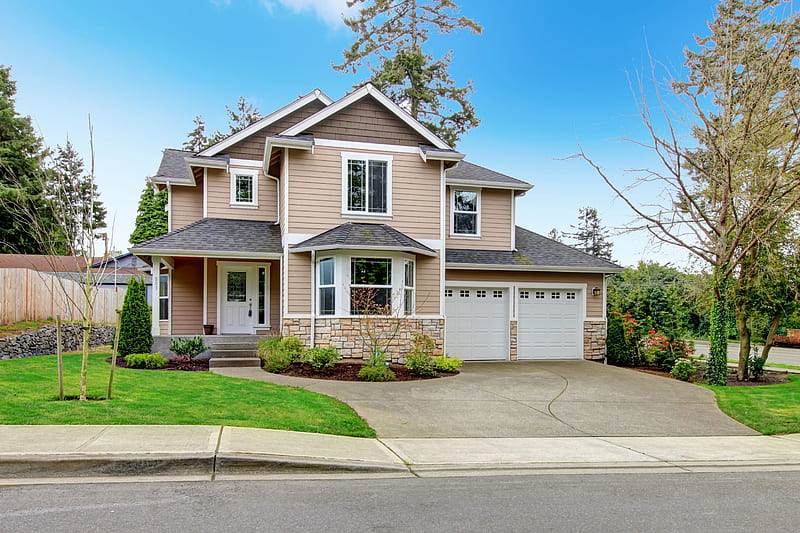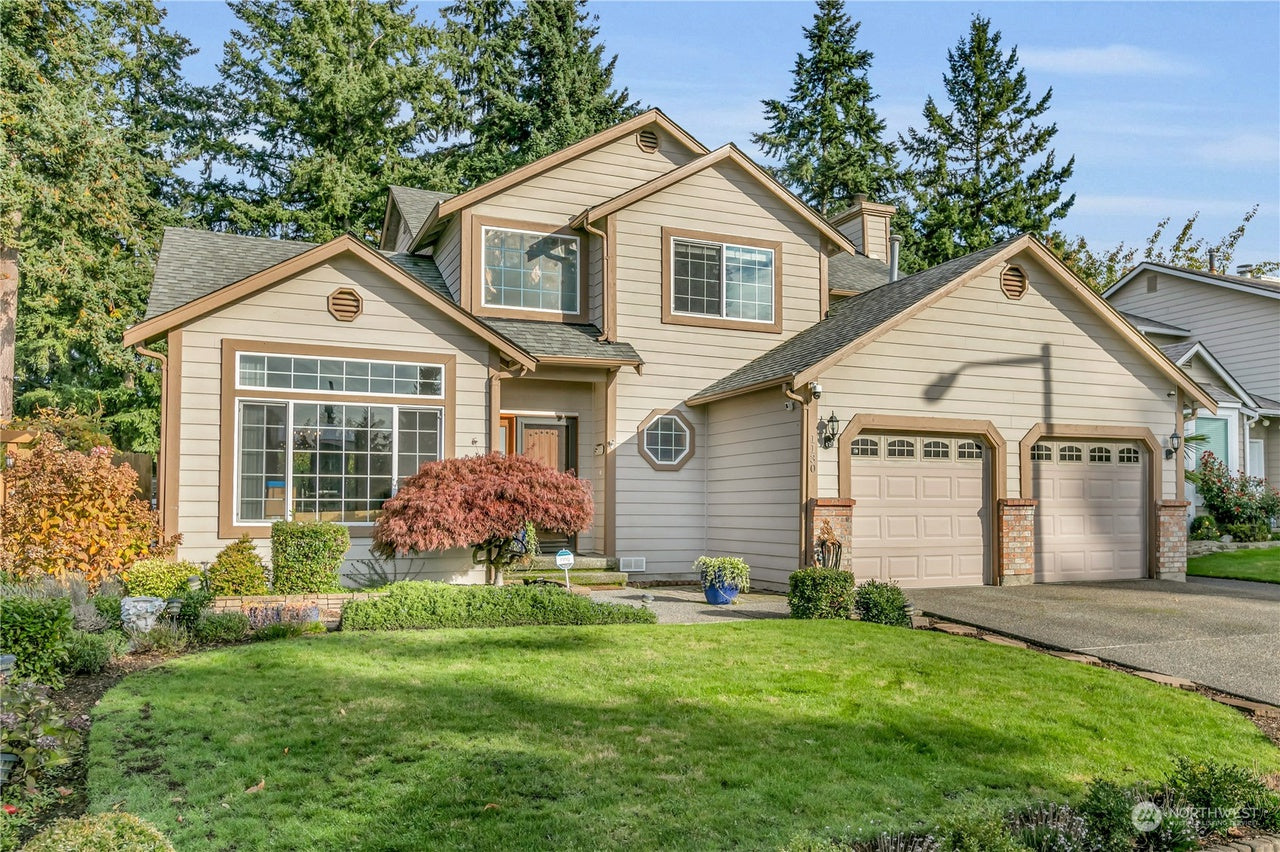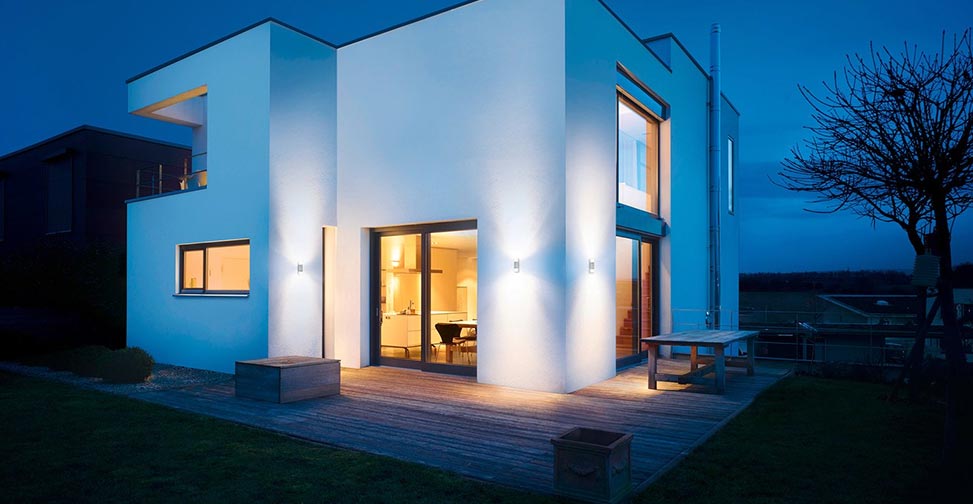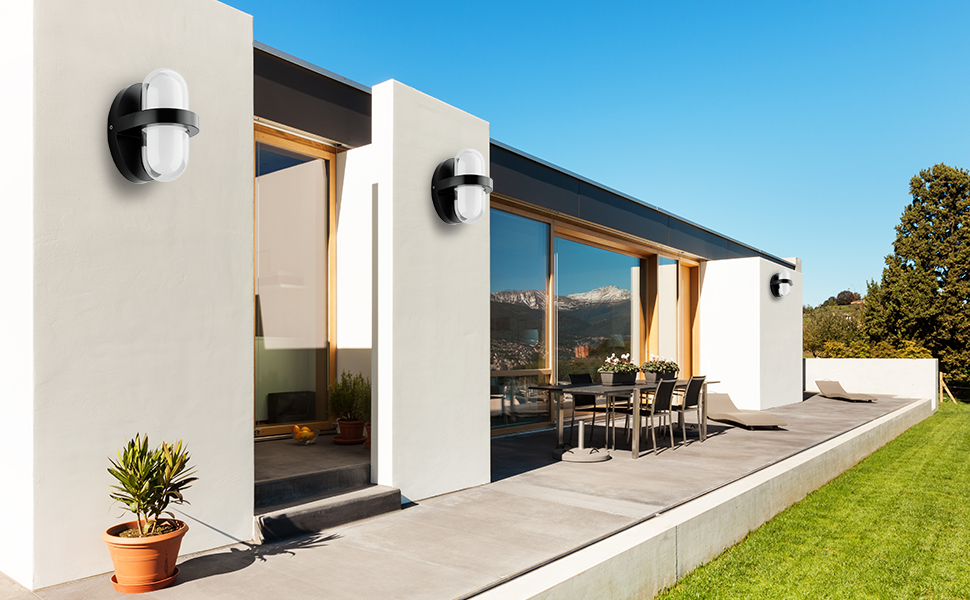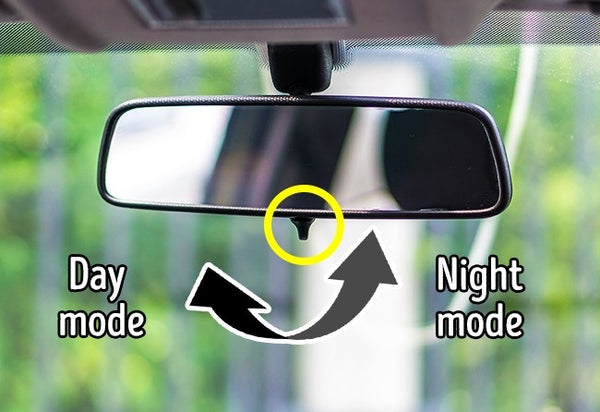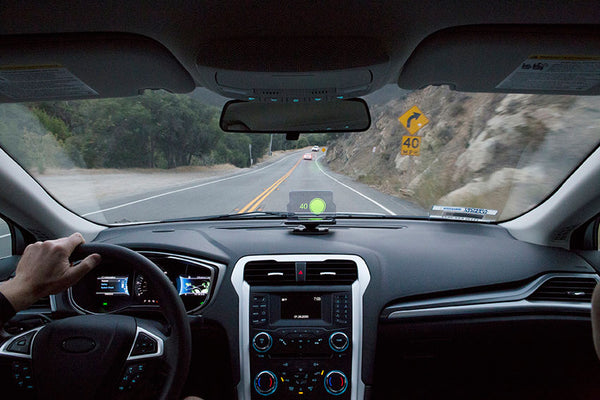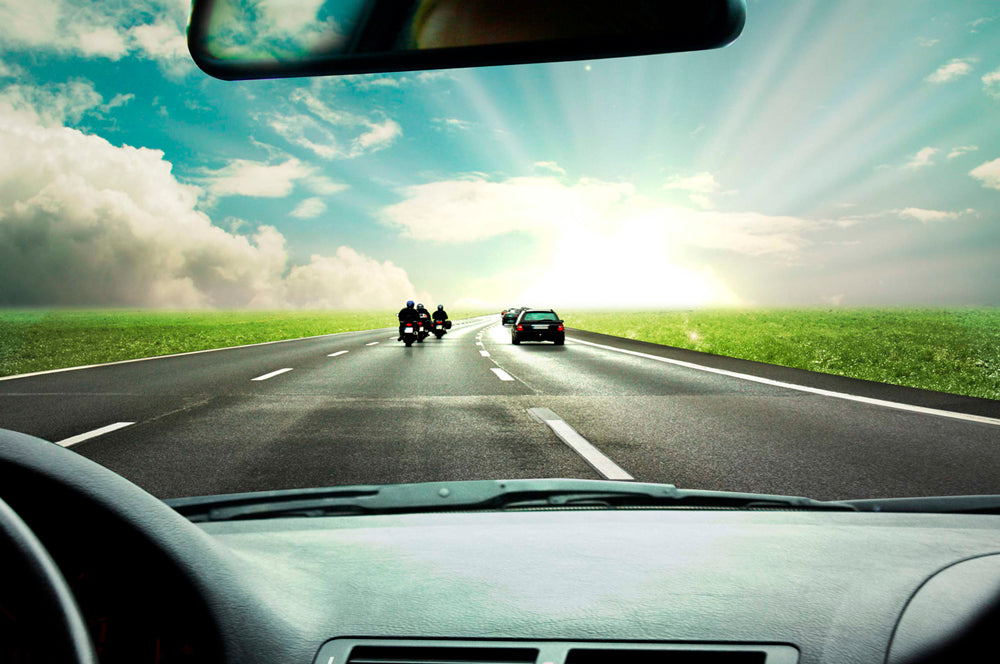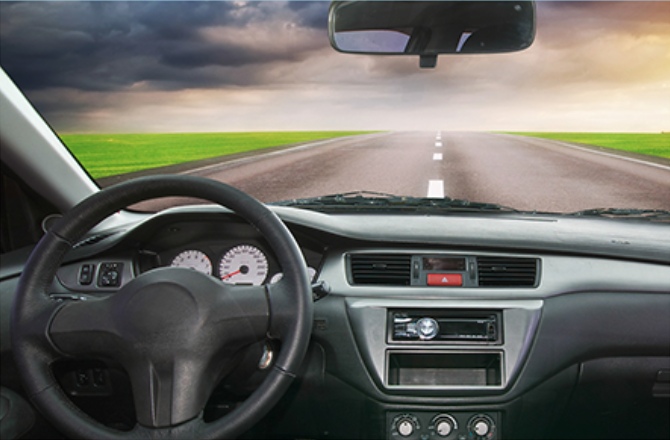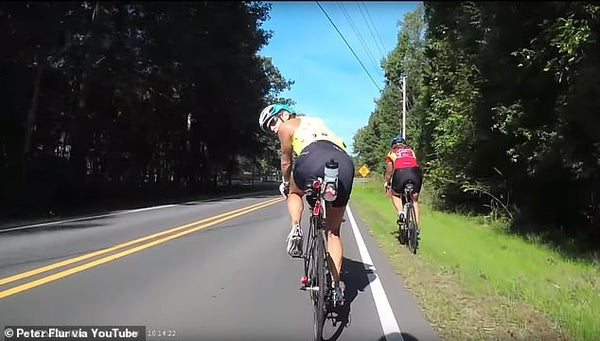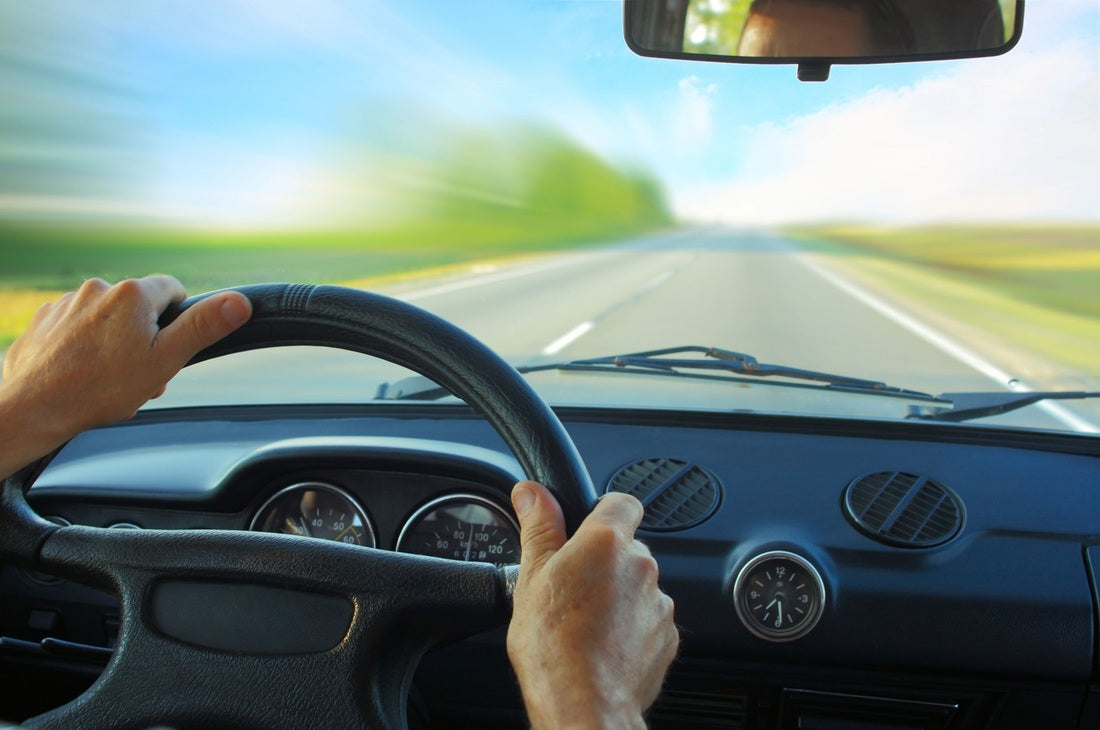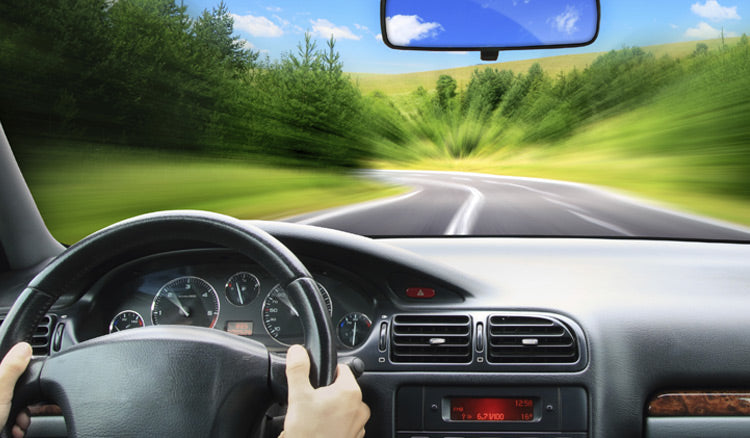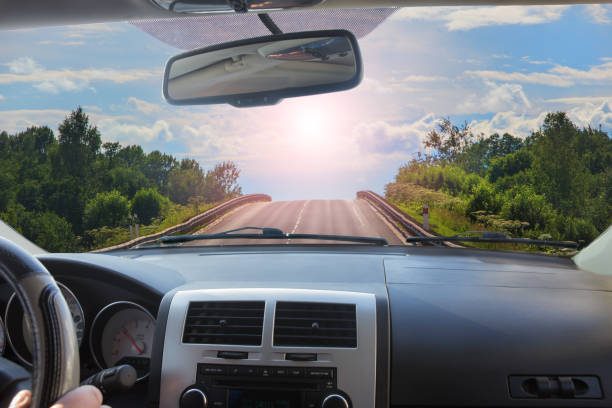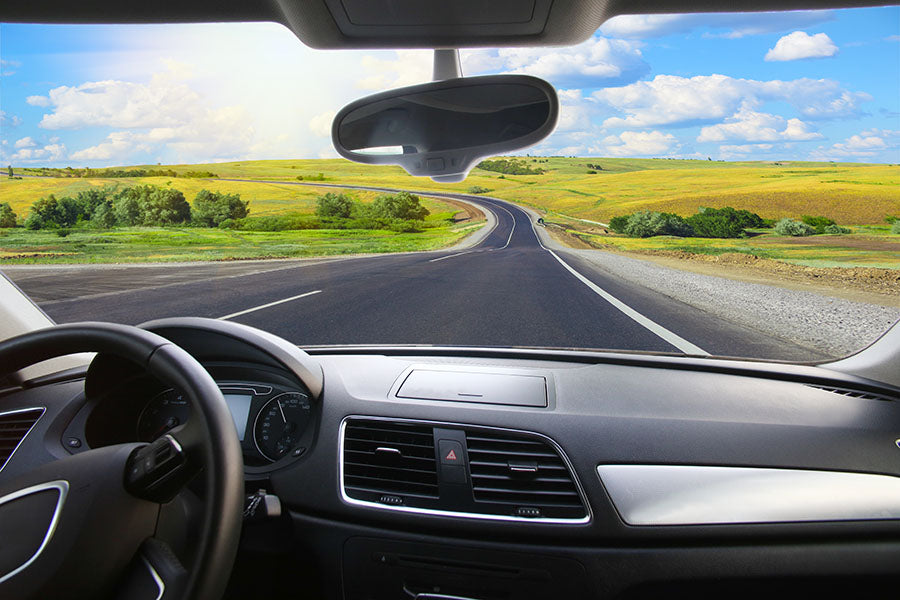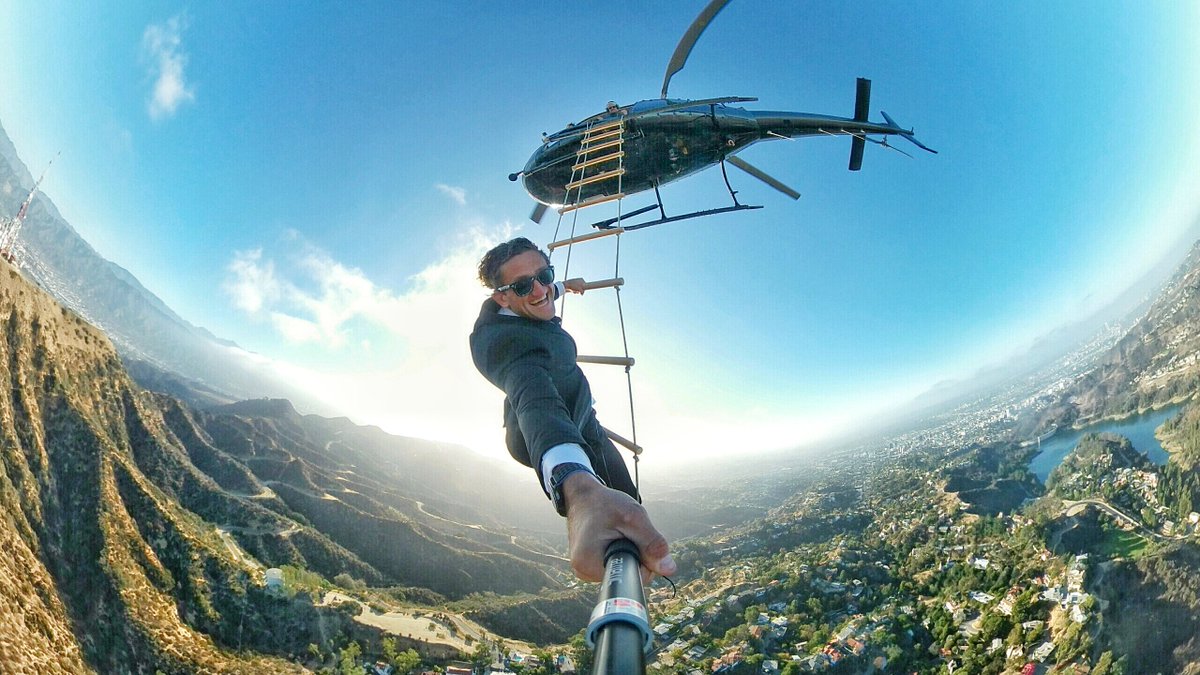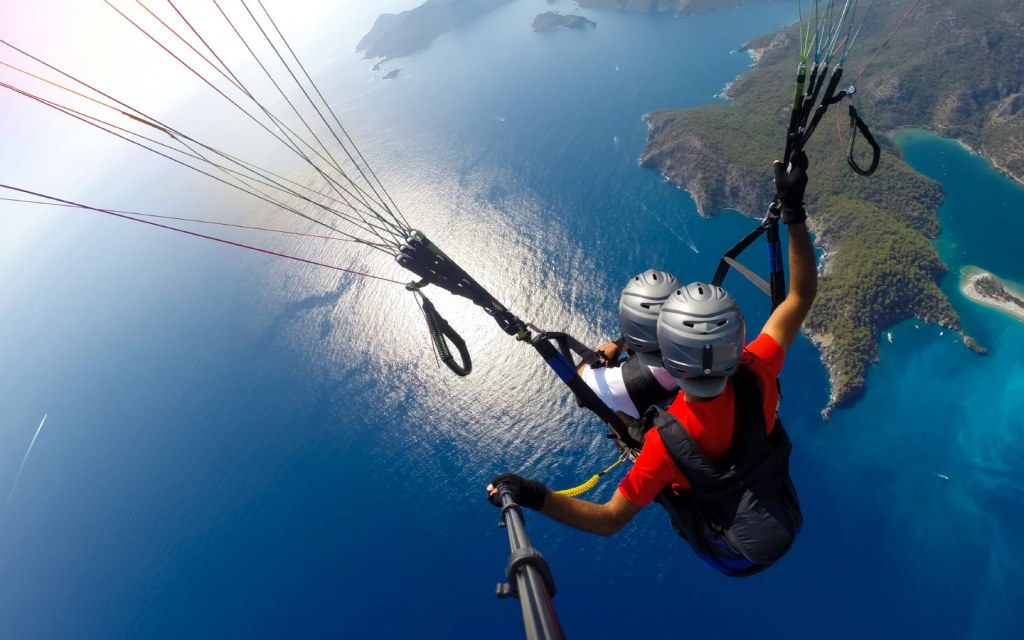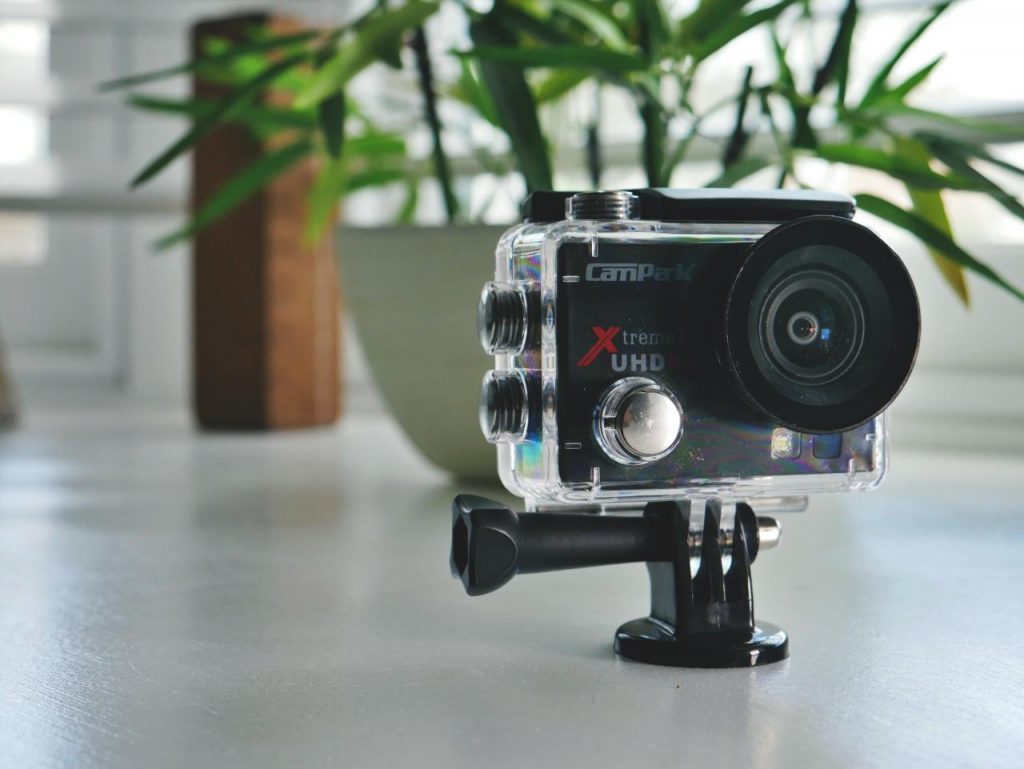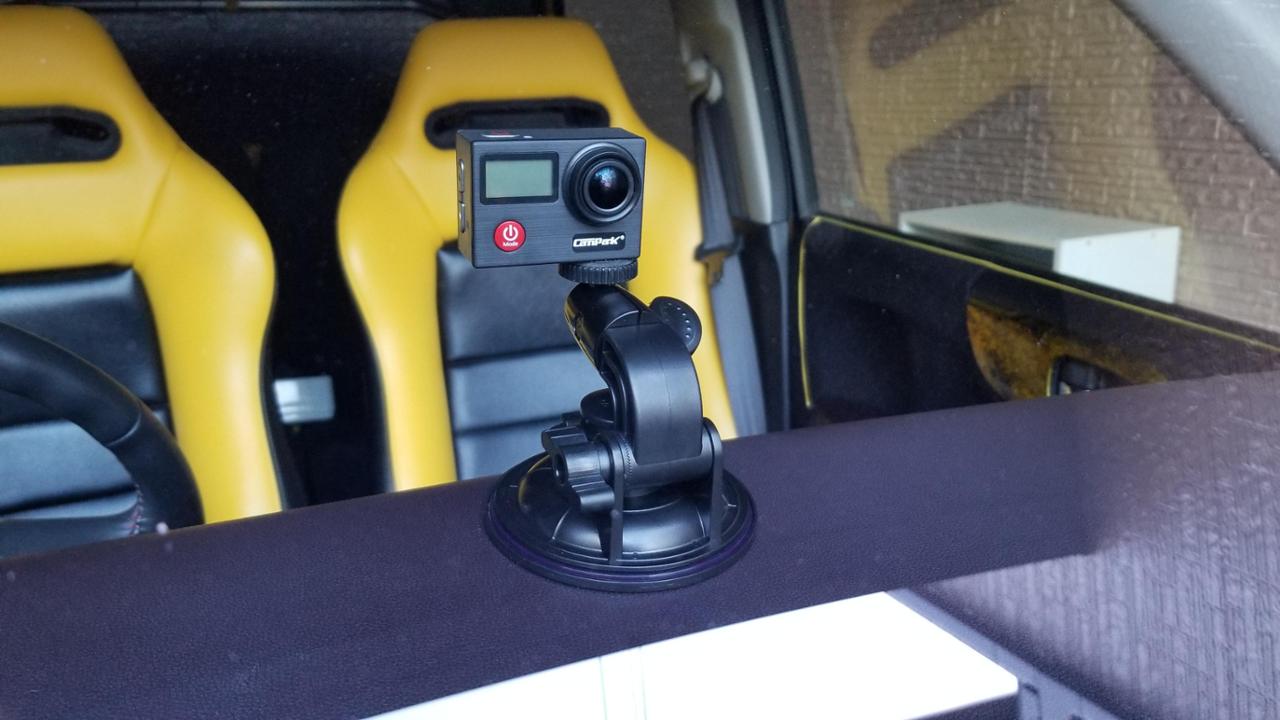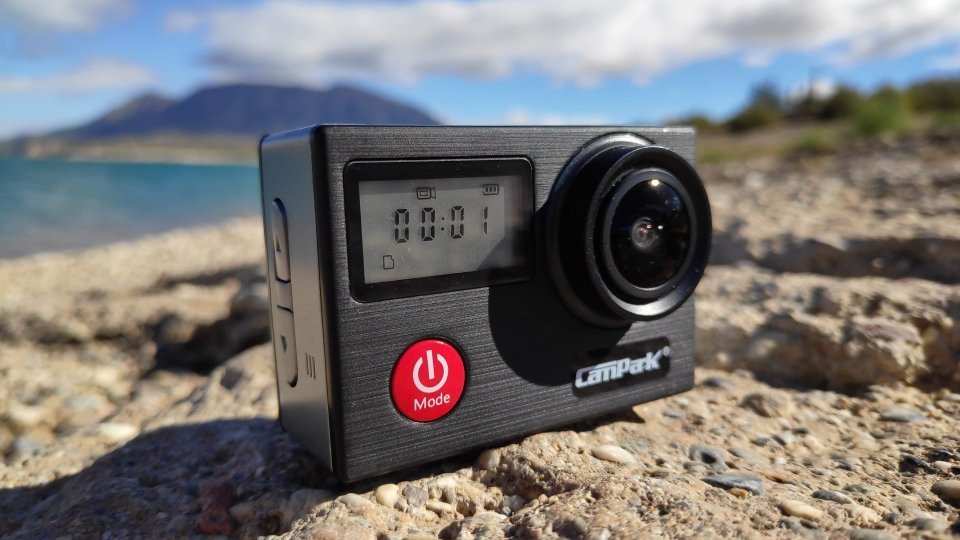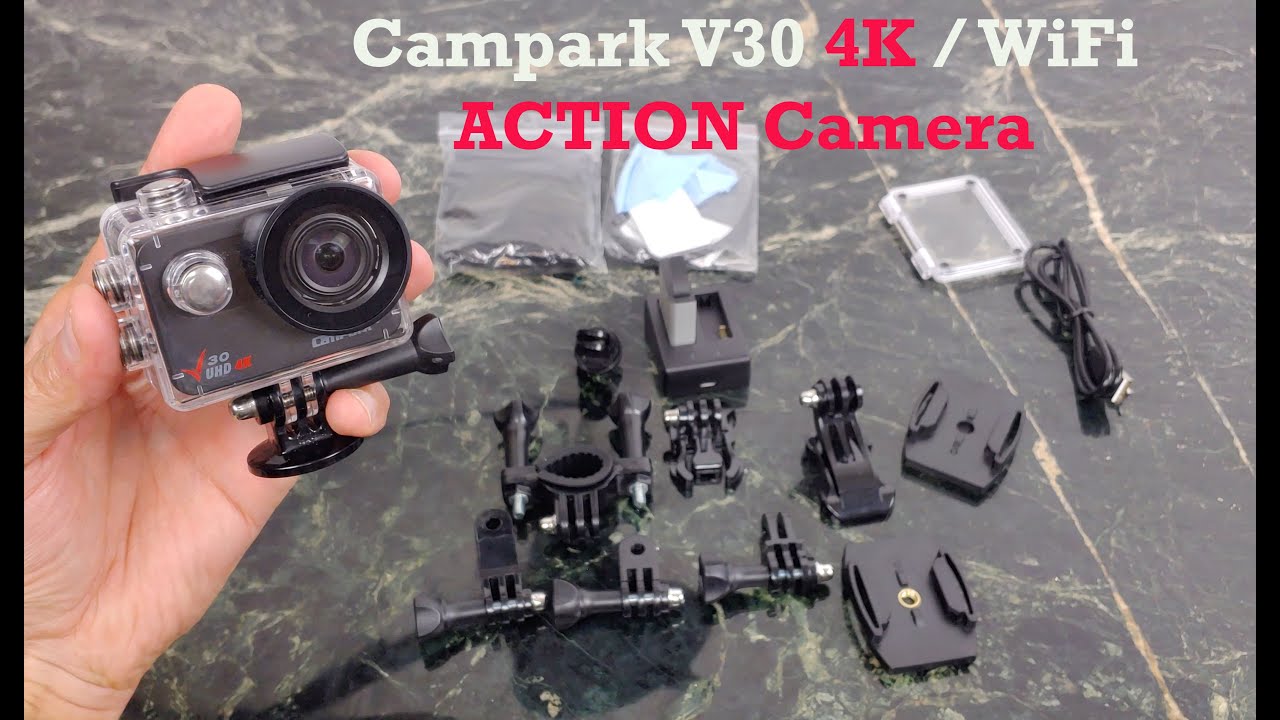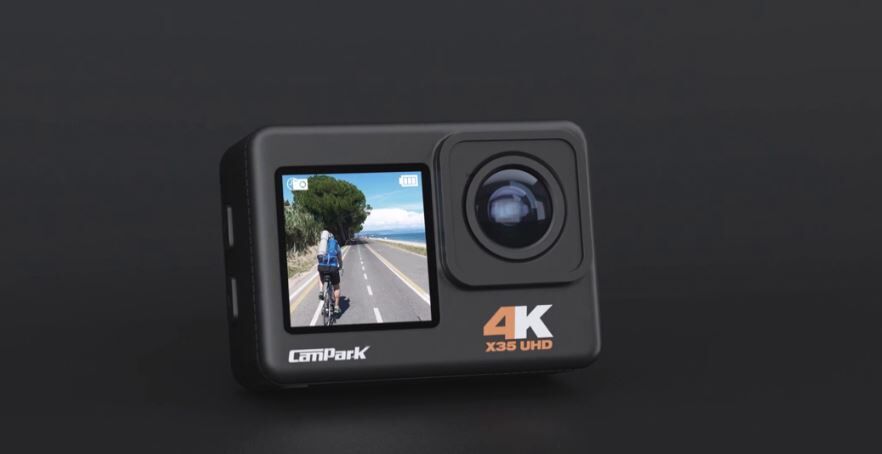Blog Center
1080p/60fpsと4K/60fpsの違いを知っていますか?
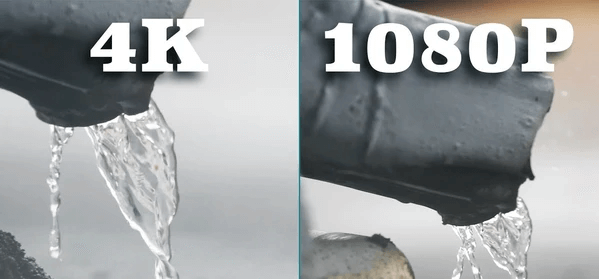
1080p/60fpsと4K/60fpsの違いを知っていますか?
Lorem ipsum dolor sit amet, consectetur adipisicing elit, sed do eiusmod tempor
1080p/60fpsと4K/60fpsの違いを知っていますか?
Lorem ipsum dolor sit amet, consectetur adipisicing elit, sed do eiusmod tempor
1080p/60fpsと4K/60fpsの違いを知っていますか?
Lorem ipsum dolor sit amet, consectetur adipisicing elit, sed do eiusmod tempor




ワイヤレストレイルカメラとは何ですか?
A wireless trail camera is simply a game camera that sends pictures to your phone in one of two ways. They may utilize Wi-Fi, which is the same technology that allows you to surf the internet without plugging in an ethernet cable.
A ワイヤレストレイルカメラは、2つの方法のいずれかで携帯電話に写真を送信する単なるゲームカメラです。彼らはWi-Fiを利用するかもしれません。これは、イーサネットケーブルを接続せずにインターネットをサーフィンできるのと同じテクノロジーです。他のタイプのワイヤレスゲームカムは、携帯電話の機能を支援する同じセルラーネットワークを使用しています。
ワイヤレスゲームカメラ は、物件の出入りを監視するための便利なツールです。しかし、彼らには問題がないわけではありません。最終的に、あなたに最適なタイプは、予算と同じくらい、またはカメラをどのように使用するかによって異なります。利用可能な最も安価なワイヤレスカメラは、そのユーザーの目的により適している場合、最も高価なカメラよりも優れている可能性があります。
無制限の範囲
携帯電話が機能するのと同じセルラータワーのネットワークを利用しているため、セルラートレイルカメラは長距離にわたって写真を送信できます。カメラにアクセスできないかどうかは関係ありません。その場所でセルラーサービスが利用できる場合は、画像を送信できます。この機能は、ハンターと住宅所有者の両方に潜在的なメリットをもたらします。どちらも、通常、高価なゲームカメラを簡単にアクセスできる場所に配置しません。
携帯電話に写真を送信するゲームカムは、鹿狩りにすぐにアピールするはずです。狩猟用不動産を賃貸するか所有するかにかかわらず、画像検索は実際の障害になる可能性があります。セルトレイルカメラを使用すると、移動する必要がなくなります。カメラの位置にセルサービスがある限り、任意の距離で写真を受信できます。
無制限の範囲のセルラーカメラトラップは、 セキュリティのためにカメラを使用する住宅所有者にもアピールできます
即時通知
多くのユーザーにとってセルラートレイルカメラの最も魅力的な機能の1つは、写真を所有者に即座にメールで送信する機能です。したがって、写真にアクセスするために旅行する必要がないだけでなく、写真を確認するのを待つ必要もありません。プロパティの所有者は、自分のプロパティで発生していることを即座に認識します。この機能は鹿狩りには明らかな利点がありますが、住宅所有者にも役立つ可能性があります。
ゲームの動きを監視するために荒野に出かけるという問題により、ほとんどのハンターはカメラを定期的にチェックできません。カメラが遠いほど、または地形が難しいほど、カメラにアクセスできる頻度は低くなります。ハンターが戻ってワイヤレス鹿のカメラが撮った写真を調べるまでに、トレイルは冷たくなった可能性があります。鹿はさまざまな理由で寝床から採餌へのルートを変更できますが、セルラー鹿カメラを使用すると、リアルタイムで動きを追跡できます。
セルラーカメラトラップが可能になるという即時通知は、住宅所有者にとって大きなメリットです。カメラにたまにしかアクセスできない場合、写真を見るまでに、カメラが記録する侵入者はずっといなくなっている可能性があります。セルラーカメラトラップは、写真を即座に携帯電話に送信できるため、犯罪者がまだ敷地内にいる間に当局に通知することができます。
サービス料
もちろん、欠点のないテクノロジーはありません。セルラーゲームカメラの主な欠点の1つは、機能するためにセルサービスが必要であるという事実です。通常、そのサービスの料金は、現在の電話サービスに回線を追加するために支払う金額とほぼ同じです。ワイヤレス機能のないゲームカメラとは対照的に、ワイヤレストレイルカムは無制限の取り組みです。月額サービス料は避けられない費用ですが、必要なデータのみのプランは通常、無制限のデータ携帯電話プランよりもはるかに安価です。
サービスエリア
携帯電話を使おうとして、サービスが不十分な地域にいることに気付いた場合は、携帯電話技術の限界を理解しているはずです。サービスの欠如は、何年も前の問題ではなく、常に改善されています。それでも、一部の地域には他の地域のような細胞信号がまったくないため、住宅所有者よりもハンターにとって大きな問題になる可能性があります。多くのセルラーゲームカメラメーカーは、カメラを購入する前に、まずサービスを確認することを提案しています。あなたの場所では、写真をワイヤレスで送信するために少なくとも3本のバーが必要になる場合があります。
3Gと4G
セルラーゲームカメラを購入する場合、基本的に2つのオプションがあります。3Gまたは4Gです。この場合の「G」は世代を表すため、「3G」セルラーデバイスは第3世代であり、「4G」は第4世代です。どちらのタイプも同じセルラーネットワークを使用しますが、4Gデバイスは第3世代のデバイスよりも最大10倍高速です。
前述の懸念事項を除けば、セルラートレイルカムは問題なく機能する傾向があります。ただし、潜在的な購入者が考慮すべき差し迫った問題があります。第5世代のセルラーデバイスはすでに市場に出回っており、業界を引き継ぐまでそう長くはかからないでしょう。それが発生した場合でも、3Gおよび4Gトレイルカメラは引き続き機能します。推定によると、5Gデバイスは実際のアプリケーションでは4Gよりも約10倍高速であり、瞬時に動作するはずです。
Wi-Fiトレイルカメラ
Wi-Fiゲームカメラは、セルラートレイルカムとはまったく異なるコンセプトです。これらのカメラは、コンピューターや携帯電話がワイヤレスローカルエリアネットワーク上の無線信号を介してデータを送信するために使用するのと同じWi-Fi信号を使用します。過去にWi-Fiを使用したことがある場合は、Wi-Fiの動作がセルラーテクノロジーとは異なることを理解できます。

Wi-Fiを使用するデバイスは、いくつかの異なる波長の1つで動作する可能性があり、特定の状況でのユーザビリティに影響を与える可能性があります。セルラーゲームカメラと同じように、Wi-Fiトレイルカメラにも長所と短所があります。
サービス料なし
Wi-Fiゲームカメラがセルラーカメラに勝る最大の利点の1つは、サービス料がかからないことです。彼らのネットワークはローカルでパスワードで保護されています。つまり、機能は所有者だけに予約されています。彼らが必要とする唯一の投資は元の購入費用ですが、セルラーゲームカメラには月額サービス料がかかります。これらの料金は、無制限のデータを備えた追加の携帯電話を維持するコストに匹敵します。
制限範囲
Wi-Fiトレイルカムは操作が安価ですが、その手頃な価格には利便性が犠牲になります。セルラーゲームカム信号と比較して、ゲームカメラWi-Fiの範囲は非常に限られています。最高のWi-Fiトレイルカメラでさえ、おそらく20メートル(または66フィート)の範囲しかありません。この制限により、これらのカメラは、セルラーゲームカメラが動作する長距離のタイプから携帯電話またはコンピューターに直接データを送信できなくなります。
20メートルの範囲は、視線アプリケーションにのみ当てはまります。壁や木はさらに範囲を狭めます。ただし、Wi-Fiカメラは、ネットワークの範囲内に設置すれば、リモートで画像を送信できます。その場合、データをあなたのメールアドレスに直接送信できます。
バッテリー寿命が短い
最も一般的な用語で言えば、Wi-Fiトレイルカメラのバッテリーは、他のタイプのゲームカメラよりも寿命が短い可能性があります。バッテリー寿命が短い理由は、これらのカメラがローカルネットワークへの常時接続を維持しているためです。結果として生じるドローは、同等の非ワイヤレスゲームカメラの2倍、またはさらに高速にバッテリーを消耗します。最高のセルラートレイルカメラでさえ、常時使用すると同様にバッテリー寿命が短くなりますが、通常の状況ではWi-Fiカメラよりも長持ちする傾向があります。 携帯電話に写真を送信する最高のwifiトレイルカメラ2021を使用することは、多くの人にとって優れたソリューションですが、2つのタイプのいずれかが必然的に発生します他のユーザーよりも特定のユーザーに適しています。一般に、セルラーゲームカムはハンターに最適であり、Wi-Fiを使用するものは在宅監視アプリケーションに最適です。その理由を調べてみましょう。 Wi-Fiカメラが住宅所有者にとって最良の選択肢である理由は、その限られた範囲にすべて関係しています。ほとんどの場合、これらのWi-Fiカメラのユーザーは、構造物の軒下など、アクセスできない高い場所にカメラを配置します。これらの高さでSDカードを交換するには、通常はしごが必要ですが、Wi-Fi機能は必要ありません。複数階の建物でも、Wi-Fi信号は通常、屋根と地上のルーターまたは携帯電話を接続するのに十分な強度があります。 もちろん、セルラーカメラもこの役割を果たすことができます。セルカメラは、外出中に携帯電話に写真を送信する柔軟性も備えており、頻繁に旅行する人なら誰でも、無制限の範囲がメリットであると考えるかもしれません。ただし、携帯電話サービスの料金はすぐに加算されるため、機能を必要としない人は、追加のコストが目的に必要かどうかを自問する必要があります。 簡単に言えば、セルラーゲームカメラは、写真にリモートでアクセスする必要がある人にとって最適なオプションです。 Wi-Fi接続の20メートルの制限は、ほとんどのハンターや、離れている間は自分の財産を保護したい住宅所有者にとっては役に立ちません。距離が重要な要素である場合、最高のワイヤレスゲームカメラは間違いなくセルラーゲームカメラです。 選択したカメラから明らかなように、ゲームカムワイヤレス市場はセルラーテクノロジーによって支配されています。 Wi-Fi屋外カメラは単に同じ範囲のセルカメラを提供していません。かつてはバッテリーを除いて運用コストが不足していたことが最大の利点でしたが、データのみのセルラープランは年々安くなっています。 携帯電話に写真を送信するゲームカムを見つけることは、予算と画質の要望を調整するだけです。技術が進歩するにつれて、これらのカメラは必然的にますます優れたセンサーを組み込み、より速いトリガーとより短い回復時間を提供します。価格が下がり続けているにもかかわらず、画質も時間の経過とともに向上する可能性があります。未来は明るく、間違いなく細胞です。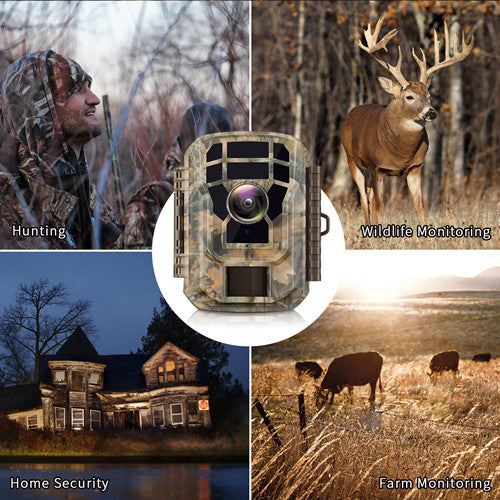
どちらが最適ですか?
Wi-Fiトレイルカメラが必要なのは誰ですか?
セルラーゲームカメラが必要なのは誰ですか?
結論
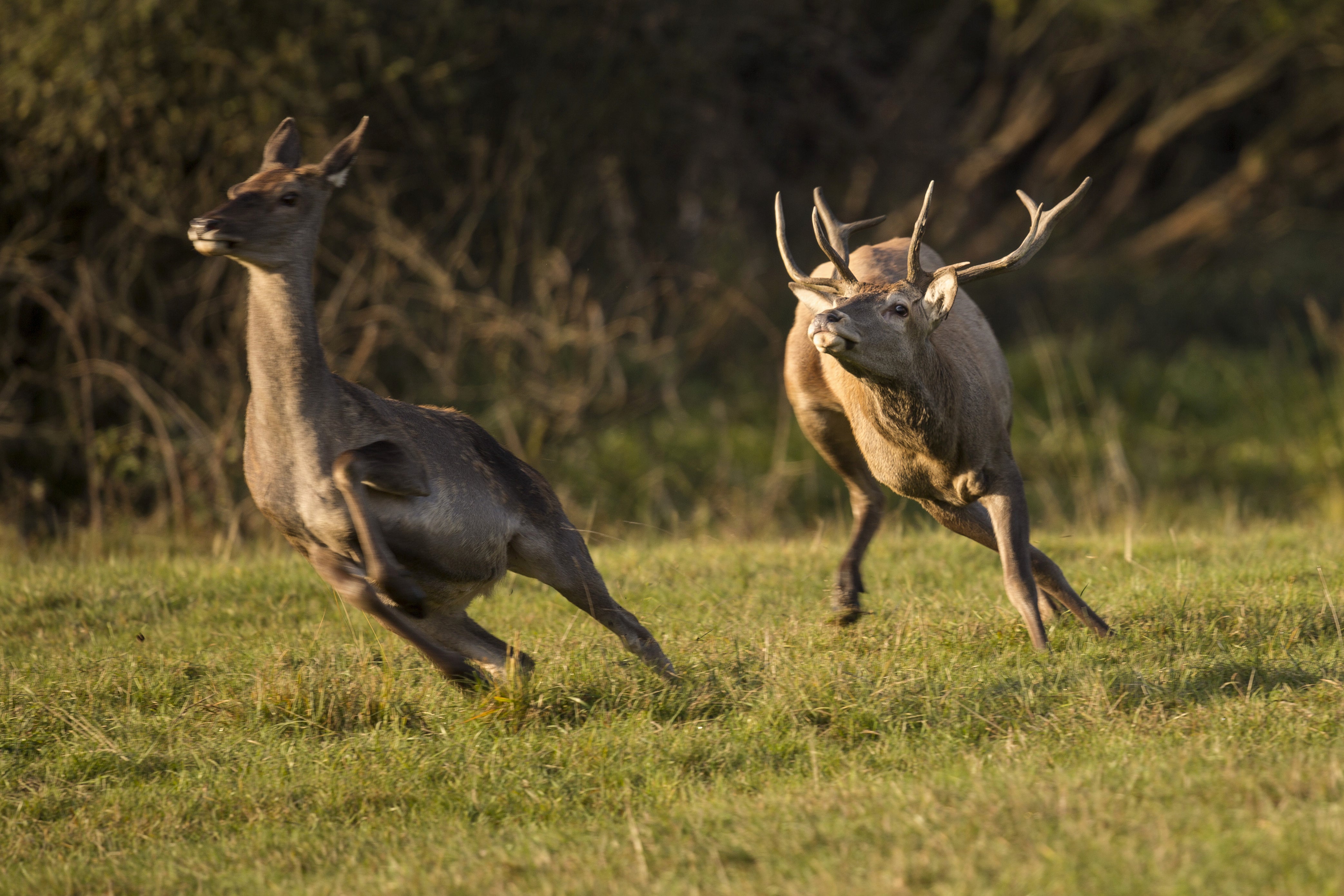
トレイルカメラの問題を解決する簡単な方法は次のとおりです

この問い合わせは、トレイルカメラを一貫して使用している個人にとって最も恐ろしい問い合わせの中で傑出している可能性があります。すべてが同じであれば、トレイルカメラを使用する理由は、動きの影響センサーがつまずいたときに写真を撮るためです。
本日は、wifiトレイルカメラを利用しているときに問題に直面している理由の一部についてお話します。同様に、理想的にもう一度機能させるための便利なソリューションをいくつか提供します。それまでの間、すばらしい写真を撮るために最適なトレイルカメラを適切に設定するための最も熟練した方法に関するヒントをいくつかご紹介します。
トレイルカメラが写真の撮影を怠った場合の5つの定期的な問題について説明します:
-
フルSDカード
これは、単にメモリを解放する必要があるための状況です。これは、いくつかの写真やビデオを削除するか、 SDカードを完全に再フォーマットすることで理解できます。
一部のモデルではメモリがいっぱいであることが通知されないため、あちこちでこのイベントは表示されません。いっぱいになっている主な兆候は、新しい写真やビデオをキャッチできない方法です。
-
間違ったSDカード
この問題は、使用したものが間違ったSDカードであることをすぐには理解できないという事実に照らして不安定です。
この問題を回避するには、SDカードがDLSRまたはSLRカメラ用ではないことを確認してください。デジタルトレイルカメラに対応できるものを使用してください。
-
太陽のまぶしさ
いずれにせよ、強力なハンティングカメラは、直射日光が当たっている可能性が低いため、現時点では焦点が影響を受ける可能性があります。 。最終製品は現場にあります。
オーバーグレアがあるため、トレイルカメラは、特に動きの検出レベルが低く設定されている場合は、何も見えないと考えています。同様に、グレアが大きすぎると、トレイルカメラが過熱して閉じてしまう可能性があります。
解決策は、トレイルカメラを数枚の葉で偽装してさらに固定することです。または、同様にケースを利用することもできます。保護するために、直射日光を避けてください。
-
バッテリーの問題
これは、特にバッテリー駆動のバッテリーを使用している可能性が低い場合に、長期的に発生します。
この結果、実行が不十分になり、カメラの写真撮影能力に影響を与える可能性があります。便利な解決策は、電池を交換することです。
-
識別問題
トレイルカメラは、ムーブメントファインダーと同等であることに注意してください。何も区別できない場合は、写真を撮りません。
ガジェットをリセットしたり、移動設定を変更したりできます。いずれにせよ、これがうまくいかないという偶然の機会に、粉砕された可能性のあるいくつかのセクションを本当に置き換えることができる誰かにそれを持って行く必要があります。

その他の一般的な問題
トレイルカメラが写真を撮る能力で特定されるいくつかの異なる問題があります。
-
未保存の写真
メモリーカードを確認し、備蓄が残っているか確認してください。さらに、メモリカードとトレイルカメラの類似性を確認してください。同様に、それが合法的に宇宙に埋め込まれているというオフチャンスをチェックすることができます。
-
照明の問題
プレゼンテーションスケールの設定に慣れている必要があります。通常、1つ以上の記号と短い記号があります。それ以上に、それが非常にうまく調整されるかもしれない場所に関して同様にマーカーがあります。
標準的なガイドラインは、ボルトの内側の設定を維持することです。その時点から始めて、長期的には、画像がまだ薄暗いときに方向を開発します。
-
ちらつき表示
同様に、メモリカードが原因である可能性があります。退避して元に戻し、問題が続くかどうかを確認できます。
さらに、メモリーカードの再フォーマットが必要になる場合があります。結論として、それはガジェット自体の問題である可能性が非常に高いです。この状況では、壊れた部品の一部を置き換える必要があります。
トラッキングカメラ設置時の注意事項
1。目標範囲を前提として、設置高さ:屋内カメラの設置高さは2.5〜4m、屋外カメラの設置高さは3.5〜10mです。エレベータかごは、エレベータマニピュレータに対して対角線上にエレベータかごの上部に設置されます。 、そしてカメラの光軸とエレベータの2つの壁と天井は45度の角度を形成します。
2。ケーブルを設置したら、すべての監視カメラの電源を入れ、画像があるかどうかを確認して問題を解決し、固定監視カメラを設置します。
3。環境に強い電気がある場合は、干渉を避けるために、カメラの設置を地面から絶縁および絶縁する必要があることに注意してください。
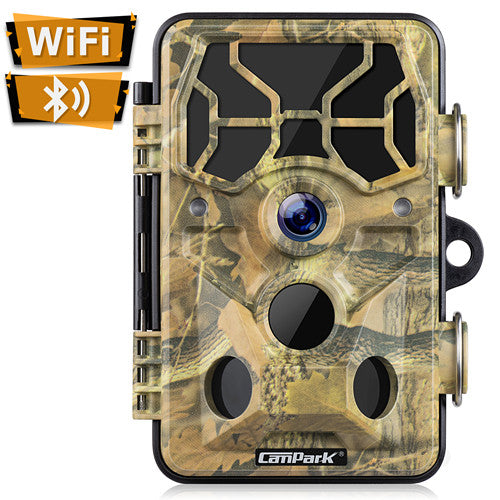
4。監視カメラが赤外線と統合されていない場合は、監視カメラを移動または設置するときにレンズを開かないようにしてください。
5。必要に応じて、屋外設備を監視する際に雷保護対策を講じる必要があります。
6。カメラを設置するときは、比較的固い壁または場所に設置する必要があります。インストール後、モニタリング画面の揺れを防ぐことができます。
7。赤外線のデバッグは夜間に実行する必要があります。ディスプレイを通して夜間の赤外線ランプ照明の位置を調整します。
8。監視カメラからのケーブルは、監視カメラの回転に影響を与えないように、約1mのマージンが必要です。
9。赤外線一体型カメラでは、直接光源を避けてください。赤外線ランプの電力制御は、赤外線ランプの動作電力をオンにするかどうかを制御するために、赤外線ランプボードに取り付けられたフォトレジスターに基づいているためです。
10。赤外線カメラの視野では、黒い物体、オープンスペース、水など、赤外線を吸収する物体を避けてください。CCDカメラの赤外線は、物体に赤外線を反射して画像を形成するために使用されます。 CCDカメラレンズ。赤外光が吸収または弱まり、赤外ランプの有効な照明効果が弱まります。
11。赤外線ランプの動作指数を保証する必要があります。たとえば、赤外線ランプの電源は、赤外線ランプ自体の動作電力よりも高くする必要があります。夜間の赤外線の正常な動作を保証するには、一般的な電源が2Aに達する必要があります。
12。レンズを汚さないように、取り付けプロセス中、CCDターゲット表面に手でレンズに触れないように注意してください。
要約すると:
理想的には、「トレイルカメラの問題にスピーディーに取り組む方法は?」という質問に答えられる便利なソリューションを検討しました。確かに、決まった原則や修正はありません。 ゲームカメラ、に精通する必要があります。これは、信頼性の高い使用を通じて行う必要があります。
。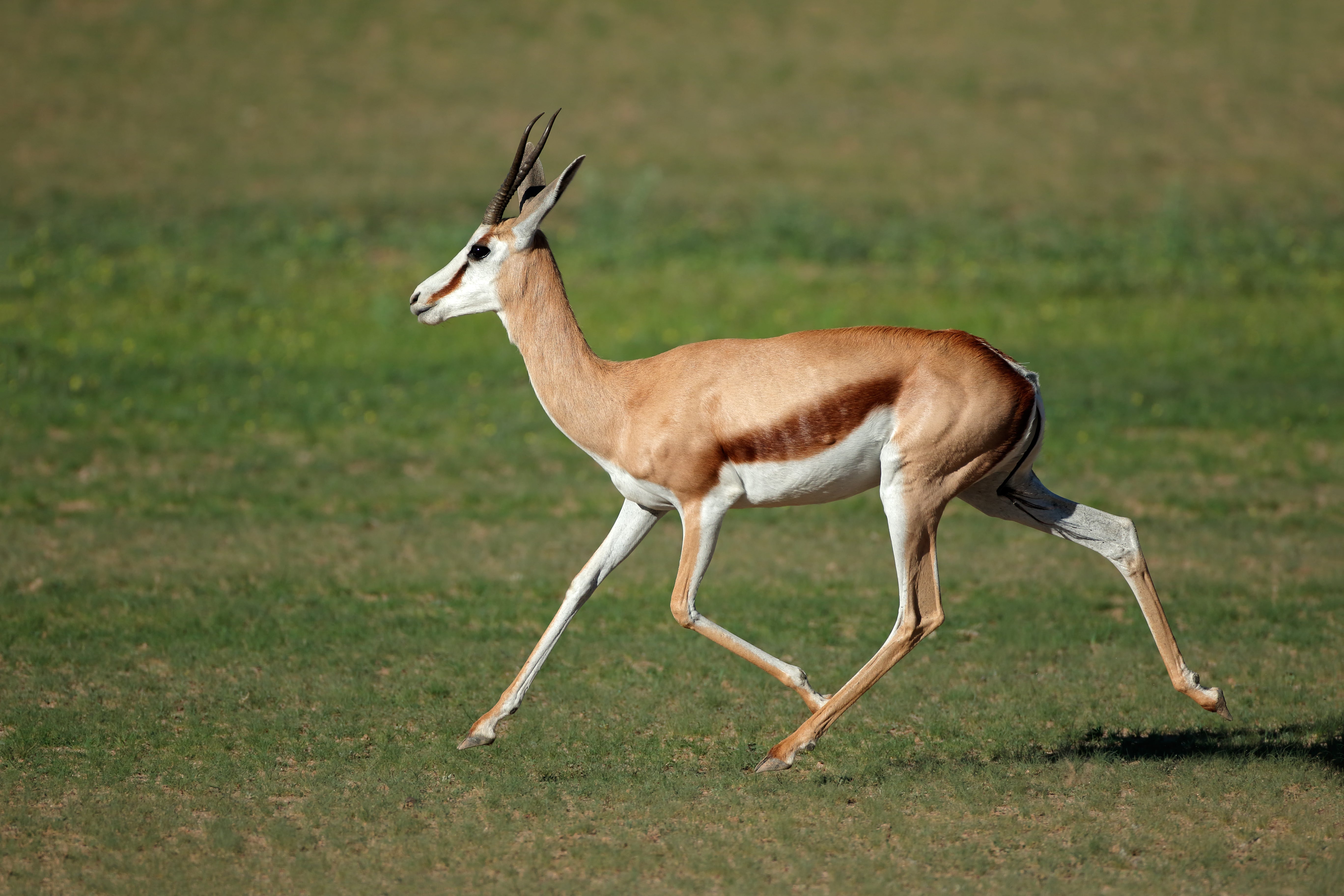
A Complete Guide to Trail Camera Sensors
Trail Camera PIR sensors are a surprisingly complicated firmware, electronic, optical and mechanical system. After reading this, you would understand how it work.
Navigation
- What is a PIR sensor?
- Range of different PIR sensors
- How do PIR sensors work?
- Application of PIR sensor in Trail Camera
- What are the different adjustable settings for the PIR sensor on the Trail camera?
- The best place to put the PIR sensor
Trail cameras are essential for wildlife enthusiasts, hunters, and outdoor enthusiasts who want to capture images of wildlife and other outdoor activities. One of the most important aspects of a trail camera is the sensor. In this guide, we'll explore the different types of sensors and their characteristics.
PIR or motion sensors are used to track cameras to detect movement in front of the camera. Each trail camera will have one or more PIR sensors. These sensors are an integral part of every trail camera design and will directly affect each camera's performance.

Ref: Elprocus
What is a PIR sensor?
A passive infrared sensor (PIR sensor) is an electronic sensor that measures infrared (IR) light emitted by objects within its field of view. They are most commonly used in PIR-based motion detectors. PIR sensors are often referred to simply as "PIR" and are sometimes referred to as "PID," which stands for "Passive Infrared Detector." Passive means that the PIR device does not radiate energy for detection purposes. They work entirely by detecting infrared radiation (radiant heat) emitted or reflected by objects.
How it works: All objects with a temperature above absolute zero emit heat energy through electromagnetic radiation. Usually, this radiation is invisible to the human eye because it radiates at infrared wavelengths, but it can be detected by electronics designed for this purpose. A PIR sensor can detect changes in the amount of infrared radiation impinging on it, depending on the temperature and surface properties of the object in front of the sensor. When an object, such as a person, passes in front of a background, such as a wall, the temperature within the sensor's field of view will rise from room to body temperature and then back again. The sensor converts a change in incident infrared radiation into a change in output voltage, which triggers the detection. Objects with similar temperatures but different surface features may also have different patterns of infrared emission, so moving them relative to the background may also trigger the detector.
What it does: PIR-based motion detectors are used to sense the motion of people, animals, or other objects.

Ref: Elprocus
Range of different PIR sensors
- Indoor Passive Infrared: The detection distance ranges from 25 cm to 20 m.
- Indoor Curtain Type: The detection distance ranges from 25 cm to 20 m.
- Outdoor PIR: The detection distance ranges from 10m to 150m.
- Outdoor Passive Infrared Curtain Detector: Distance from 10m to 150m.
How do PIR sensors work?
Compared to other sensors, a PIR sensor is primary on its own, but it becomes much more complicated when a Fresnel lens is added to round out the system.
The PIR sensor has only two "pixels," and the PIR detector cannot see the image. Two "pixels" are much less than the millions in the primary image sensor. Therefore, to detect any moving people and animals in the field of view, it needs to be supplemented by other optics - Fresnel lens.
Fresnel lens array
The design of the Fresnel lens array is very subtle. Did you notice the little black curved piece of plastic on the camera? This black plastic is the Fresnel lens array for the PIR system. On the back of the curved plastic is a careful layout of Fresnel lenses. The role of the Fresnel lens is very important. First, gather light. Provides a more comprehensive range of IR for the sensor. Second, expand the detection area. Broader and more complex large rectangular regions can be seen through the small sensor window. This is performed by faceted sections of the plastic cover, engineered through precisely placed concentric rings called Fresnel lenses. Each facet works with the PIR sensor to detect a different area. The design of the Fresnel lens is essential for the camera to see the angle and location.
As mentioned earlier, the Fresnel lens design can significantly affect the detection angle, while the detection distance depends on the PIR sensor.

Application of PIR sensor in Trail Camera
First, PIR sensor technology has been gradually improved, with small size and low-cost advantages. Secondly, the camera sensor will only activate and shoot when animals pass by in front of the camera, which is very consistent with the randomness of outdoor detection of animals. Meet the needs of long standby time and save battery power. Finally, storage space on the camera's memory card is also reserved, as the camera only takes photos and videos when there is an activity in the detection area.
What are the different adjustable settings for the PIR sensor on the Trail camera?
PIR sensor adjustable settings include primary and secondary PIR selection on or off, sensitivity selection, and trigger interval setting.
Primary and secondary PIR selection: For some trail cameras with 3 sensors, the side sensor can usually be turned on or off. Typically, the 3 sensors of the trail camera are turned on by default. But if you only want to monitor a narrower area, or because of the camera's placement, it gets a lot of false trigger recordings from the side detection area, you can turn off the side PIR sensor in the settings.
Sensitivity selection: The PIR sensitivity of general trail cameras is divided into three levels: high, medium, and low. You can tailor the camera's sensitivity to your surroundings. If it is a relatively quiet and remote deep forest, there are few animal activity tracks, and the sensitivity can be set too high to ensure that the passing of animals will not be missed. Suppose the animal activity in the area where the camera is protected is very active to save the storage space on the camera memory card. In that case, you can set the PIR sensitivity of the camera to low. This feature provides multiple applicability to detection environments and scenarios.
Trigger Interval Setting: Most trail cameras have a PIR interval between 5 seconds and 60 minutes. The PIR delay interval is the time interval the camera waits before triggering another round of photos and videos.
5-second delay: you will get many shots of the same animal.
5-minute delay: You may get a single image of each animal unless they stay longer than 5 minutes.
If you are starting with a trail camera, I suggest you can set a delay interval of 30 seconds to start. After shooting in 30-second intervals for a while, you can extend or delay the trigger interval depending on the conditions and the footage you want.
Different settings of the PIR sensor, according to the needs of your detection area, you can adjust the PIR sensor to meet your shooting needs. This function also dramatically improves the applicability and versatility of the trail camera.

The best place to put the PIR sensor
- Ensure that all key areas are covered, including possible entry routes, corridors, and corners
- Avoid installing sensors near heatsinks and vents, for example, because temperature changes may affect reliability or cause false alarms
- The ideal installation height is usually 2-3 meters above the ground
- Avoid placing the sensor in direct sunlight
PIR sensors are an essential part of trail cameras. So if you're looking to buy a trail camera or want to get the most out of the one you have, it's essential to understand how a PIR sensor works. When shopping for a trail camera, it's important to consider the sensor's quality and any adjustable settings available to ensure you get the most out of your trail camera to capture the perfect shot. Click to learn more about trail cameras with high-quality sensors.
Read More
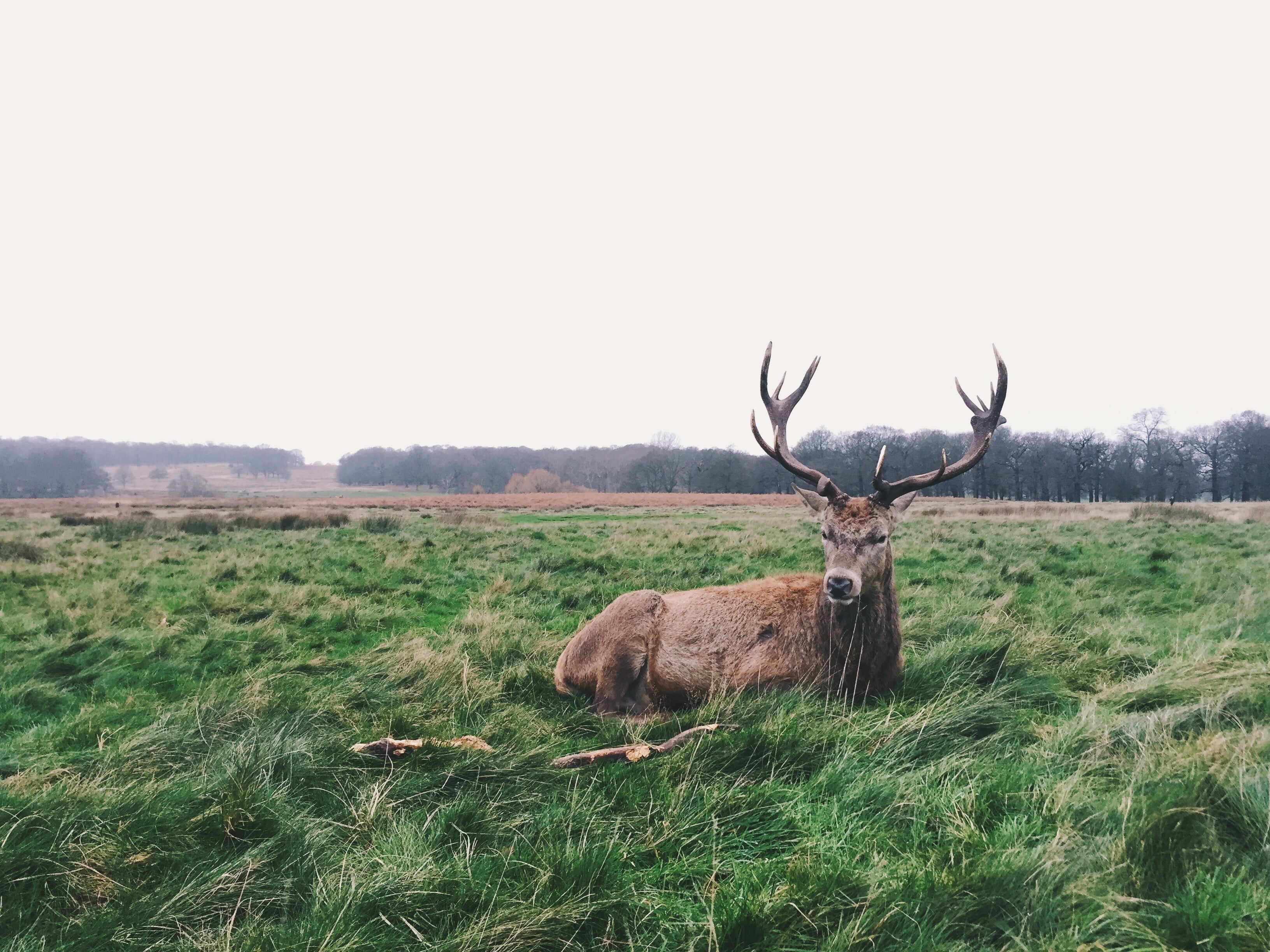
Be the First to Know
1080p/60fpsと4K/60fpsの違いを知っていますか?

1080p/60fpsと4K/60fpsの違いを知っていますか?
Lorem ipsum dolor sit amet, consectetur adipisicing elit, sed do eiusmod tempor
1080p/60fpsと4K/60fpsの違いを知っていますか?
Lorem ipsum dolor sit amet, consectetur adipisicing elit, sed do eiusmod tempor
1080p/60fpsと4K/60fpsの違いを知っていますか?
Lorem ipsum dolor sit amet, consectetur adipisicing elit, sed do eiusmod tempor




ワイヤレストレイルカメラとは何ですか?
A wireless trail camera is simply a game camera that sends pictures to your phone in one of two ways. They may utilize Wi-Fi, which is the same technology that allows you to surf the internet without plugging in an ethernet cable.
A ワイヤレストレイルカメラは、2つの方法のいずれかで携帯電話に写真を送信する単なるゲームカメラです。彼らはWi-Fiを利用するかもしれません。これは、イーサネットケーブルを接続せずにインターネットをサーフィンできるのと同じテクノロジーです。他のタイプのワイヤレスゲームカムは、携帯電話の機能を支援する同じセルラーネットワークを使用しています。
ワイヤレスゲームカメラ は、物件の出入りを監視するための便利なツールです。しかし、彼らには問題がないわけではありません。最終的に、あなたに最適なタイプは、予算と同じくらい、またはカメラをどのように使用するかによって異なります。利用可能な最も安価なワイヤレスカメラは、そのユーザーの目的により適している場合、最も高価なカメラよりも優れている可能性があります。
無制限の範囲
携帯電話が機能するのと同じセルラータワーのネットワークを利用しているため、セルラートレイルカメラは長距離にわたって写真を送信できます。カメラにアクセスできないかどうかは関係ありません。その場所でセルラーサービスが利用できる場合は、画像を送信できます。この機能は、ハンターと住宅所有者の両方に潜在的なメリットをもたらします。どちらも、通常、高価なゲームカメラを簡単にアクセスできる場所に配置しません。
携帯電話に写真を送信するゲームカムは、鹿狩りにすぐにアピールするはずです。狩猟用不動産を賃貸するか所有するかにかかわらず、画像検索は実際の障害になる可能性があります。セルトレイルカメラを使用すると、移動する必要がなくなります。カメラの位置にセルサービスがある限り、任意の距離で写真を受信できます。
無制限の範囲のセルラーカメラトラップは、 セキュリティのためにカメラを使用する住宅所有者にもアピールできます
即時通知
多くのユーザーにとってセルラートレイルカメラの最も魅力的な機能の1つは、写真を所有者に即座にメールで送信する機能です。したがって、写真にアクセスするために旅行する必要がないだけでなく、写真を確認するのを待つ必要もありません。プロパティの所有者は、自分のプロパティで発生していることを即座に認識します。この機能は鹿狩りには明らかな利点がありますが、住宅所有者にも役立つ可能性があります。
ゲームの動きを監視するために荒野に出かけるという問題により、ほとんどのハンターはカメラを定期的にチェックできません。カメラが遠いほど、または地形が難しいほど、カメラにアクセスできる頻度は低くなります。ハンターが戻ってワイヤレス鹿のカメラが撮った写真を調べるまでに、トレイルは冷たくなった可能性があります。鹿はさまざまな理由で寝床から採餌へのルートを変更できますが、セルラー鹿カメラを使用すると、リアルタイムで動きを追跡できます。
セルラーカメラトラップが可能になるという即時通知は、住宅所有者にとって大きなメリットです。カメラにたまにしかアクセスできない場合、写真を見るまでに、カメラが記録する侵入者はずっといなくなっている可能性があります。セルラーカメラトラップは、写真を即座に携帯電話に送信できるため、犯罪者がまだ敷地内にいる間に当局に通知することができます。
サービス料
もちろん、欠点のないテクノロジーはありません。セルラーゲームカメラの主な欠点の1つは、機能するためにセルサービスが必要であるという事実です。通常、そのサービスの料金は、現在の電話サービスに回線を追加するために支払う金額とほぼ同じです。ワイヤレス機能のないゲームカメラとは対照的に、ワイヤレストレイルカムは無制限の取り組みです。月額サービス料は避けられない費用ですが、必要なデータのみのプランは通常、無制限のデータ携帯電話プランよりもはるかに安価です。
サービスエリア
携帯電話を使おうとして、サービスが不十分な地域にいることに気付いた場合は、携帯電話技術の限界を理解しているはずです。サービスの欠如は、何年も前の問題ではなく、常に改善されています。それでも、一部の地域には他の地域のような細胞信号がまったくないため、住宅所有者よりもハンターにとって大きな問題になる可能性があります。多くのセルラーゲームカメラメーカーは、カメラを購入する前に、まずサービスを確認することを提案しています。あなたの場所では、写真をワイヤレスで送信するために少なくとも3本のバーが必要になる場合があります。
3Gと4G
セルラーゲームカメラを購入する場合、基本的に2つのオプションがあります。3Gまたは4Gです。この場合の「G」は世代を表すため、「3G」セルラーデバイスは第3世代であり、「4G」は第4世代です。どちらのタイプも同じセルラーネットワークを使用しますが、4Gデバイスは第3世代のデバイスよりも最大10倍高速です。
前述の懸念事項を除けば、セルラートレイルカムは問題なく機能する傾向があります。ただし、潜在的な購入者が考慮すべき差し迫った問題があります。第5世代のセルラーデバイスはすでに市場に出回っており、業界を引き継ぐまでそう長くはかからないでしょう。それが発生した場合でも、3Gおよび4Gトレイルカメラは引き続き機能します。推定によると、5Gデバイスは実際のアプリケーションでは4Gよりも約10倍高速であり、瞬時に動作するはずです。
Wi-Fiトレイルカメラ
Wi-Fiゲームカメラは、セルラートレイルカムとはまったく異なるコンセプトです。これらのカメラは、コンピューターや携帯電話がワイヤレスローカルエリアネットワーク上の無線信号を介してデータを送信するために使用するのと同じWi-Fi信号を使用します。過去にWi-Fiを使用したことがある場合は、Wi-Fiの動作がセルラーテクノロジーとは異なることを理解できます。

Wi-Fiを使用するデバイスは、いくつかの異なる波長の1つで動作する可能性があり、特定の状況でのユーザビリティに影響を与える可能性があります。セルラーゲームカメラと同じように、Wi-Fiトレイルカメラにも長所と短所があります。
サービス料なし
Wi-Fiゲームカメラがセルラーカメラに勝る最大の利点の1つは、サービス料がかからないことです。彼らのネットワークはローカルでパスワードで保護されています。つまり、機能は所有者だけに予約されています。彼らが必要とする唯一の投資は元の購入費用ですが、セルラーゲームカメラには月額サービス料がかかります。これらの料金は、無制限のデータを備えた追加の携帯電話を維持するコストに匹敵します。
制限範囲
Wi-Fiトレイルカムは操作が安価ですが、その手頃な価格には利便性が犠牲になります。セルラーゲームカム信号と比較して、ゲームカメラWi-Fiの範囲は非常に限られています。最高のWi-Fiトレイルカメラでさえ、おそらく20メートル(または66フィート)の範囲しかありません。この制限により、これらのカメラは、セルラーゲームカメラが動作する長距離のタイプから携帯電話またはコンピューターに直接データを送信できなくなります。
20メートルの範囲は、視線アプリケーションにのみ当てはまります。壁や木はさらに範囲を狭めます。ただし、Wi-Fiカメラは、ネットワークの範囲内に設置すれば、リモートで画像を送信できます。その場合、データをあなたのメールアドレスに直接送信できます。
バッテリー寿命が短い
最も一般的な用語で言えば、Wi-Fiトレイルカメラのバッテリーは、他のタイプのゲームカメラよりも寿命が短い可能性があります。バッテリー寿命が短い理由は、これらのカメラがローカルネットワークへの常時接続を維持しているためです。結果として生じるドローは、同等の非ワイヤレスゲームカメラの2倍、またはさらに高速にバッテリーを消耗します。最高のセルラートレイルカメラでさえ、常時使用すると同様にバッテリー寿命が短くなりますが、通常の状況ではWi-Fiカメラよりも長持ちする傾向があります。 携帯電話に写真を送信する最高のwifiトレイルカメラ2021を使用することは、多くの人にとって優れたソリューションですが、2つのタイプのいずれかが必然的に発生します他のユーザーよりも特定のユーザーに適しています。一般に、セルラーゲームカムはハンターに最適であり、Wi-Fiを使用するものは在宅監視アプリケーションに最適です。その理由を調べてみましょう。 Wi-Fiカメラが住宅所有者にとって最良の選択肢である理由は、その限られた範囲にすべて関係しています。ほとんどの場合、これらのWi-Fiカメラのユーザーは、構造物の軒下など、アクセスできない高い場所にカメラを配置します。これらの高さでSDカードを交換するには、通常はしごが必要ですが、Wi-Fi機能は必要ありません。複数階の建物でも、Wi-Fi信号は通常、屋根と地上のルーターまたは携帯電話を接続するのに十分な強度があります。 もちろん、セルラーカメラもこの役割を果たすことができます。セルカメラは、外出中に携帯電話に写真を送信する柔軟性も備えており、頻繁に旅行する人なら誰でも、無制限の範囲がメリットであると考えるかもしれません。ただし、携帯電話サービスの料金はすぐに加算されるため、機能を必要としない人は、追加のコストが目的に必要かどうかを自問する必要があります。 簡単に言えば、セルラーゲームカメラは、写真にリモートでアクセスする必要がある人にとって最適なオプションです。 Wi-Fi接続の20メートルの制限は、ほとんどのハンターや、離れている間は自分の財産を保護したい住宅所有者にとっては役に立ちません。距離が重要な要素である場合、最高のワイヤレスゲームカメラは間違いなくセルラーゲームカメラです。 選択したカメラから明らかなように、ゲームカムワイヤレス市場はセルラーテクノロジーによって支配されています。 Wi-Fi屋外カメラは単に同じ範囲のセルカメラを提供していません。かつてはバッテリーを除いて運用コストが不足していたことが最大の利点でしたが、データのみのセルラープランは年々安くなっています。 携帯電話に写真を送信するゲームカムを見つけることは、予算と画質の要望を調整するだけです。技術が進歩するにつれて、これらのカメラは必然的にますます優れたセンサーを組み込み、より速いトリガーとより短い回復時間を提供します。価格が下がり続けているにもかかわらず、画質も時間の経過とともに向上する可能性があります。未来は明るく、間違いなく細胞です。
どちらが最適ですか?
Wi-Fiトレイルカメラが必要なのは誰ですか?
セルラーゲームカメラが必要なのは誰ですか?
結論

トレイルカメラの問題を解決する簡単な方法は次のとおりです

この問い合わせは、トレイルカメラを一貫して使用している個人にとって最も恐ろしい問い合わせの中で傑出している可能性があります。すべてが同じであれば、トレイルカメラを使用する理由は、動きの影響センサーがつまずいたときに写真を撮るためです。
本日は、wifiトレイルカメラを利用しているときに問題に直面している理由の一部についてお話します。同様に、理想的にもう一度機能させるための便利なソリューションをいくつか提供します。それまでの間、すばらしい写真を撮るために最適なトレイルカメラを適切に設定するための最も熟練した方法に関するヒントをいくつかご紹介します。
トレイルカメラが写真の撮影を怠った場合の5つの定期的な問題について説明します:
-
フルSDカード
これは、単にメモリを解放する必要があるための状況です。これは、いくつかの写真やビデオを削除するか、 SDカードを完全に再フォーマットすることで理解できます。
一部のモデルではメモリがいっぱいであることが通知されないため、あちこちでこのイベントは表示されません。いっぱいになっている主な兆候は、新しい写真やビデオをキャッチできない方法です。
-
間違ったSDカード
この問題は、使用したものが間違ったSDカードであることをすぐには理解できないという事実に照らして不安定です。
この問題を回避するには、SDカードがDLSRまたはSLRカメラ用ではないことを確認してください。デジタルトレイルカメラに対応できるものを使用してください。
-
太陽のまぶしさ
いずれにせよ、強力なハンティングカメラは、直射日光が当たっている可能性が低いため、現時点では焦点が影響を受ける可能性があります。 。最終製品は現場にあります。
オーバーグレアがあるため、トレイルカメラは、特に動きの検出レベルが低く設定されている場合は、何も見えないと考えています。同様に、グレアが大きすぎると、トレイルカメラが過熱して閉じてしまう可能性があります。
解決策は、トレイルカメラを数枚の葉で偽装してさらに固定することです。または、同様にケースを利用することもできます。保護するために、直射日光を避けてください。
-
バッテリーの問題
これは、特にバッテリー駆動のバッテリーを使用している可能性が低い場合に、長期的に発生します。
この結果、実行が不十分になり、カメラの写真撮影能力に影響を与える可能性があります。便利な解決策は、電池を交換することです。
-
識別問題
トレイルカメラは、ムーブメントファインダーと同等であることに注意してください。何も区別できない場合は、写真を撮りません。
ガジェットをリセットしたり、移動設定を変更したりできます。いずれにせよ、これがうまくいかないという偶然の機会に、粉砕された可能性のあるいくつかのセクションを本当に置き換えることができる誰かにそれを持って行く必要があります。

その他の一般的な問題
トレイルカメラが写真を撮る能力で特定されるいくつかの異なる問題があります。
-
未保存の写真
メモリーカードを確認し、備蓄が残っているか確認してください。さらに、メモリカードとトレイルカメラの類似性を確認してください。同様に、それが合法的に宇宙に埋め込まれているというオフチャンスをチェックすることができます。
-
照明の問題
プレゼンテーションスケールの設定に慣れている必要があります。通常、1つ以上の記号と短い記号があります。それ以上に、それが非常にうまく調整されるかもしれない場所に関して同様にマーカーがあります。
標準的なガイドラインは、ボルトの内側の設定を維持することです。その時点から始めて、長期的には、画像がまだ薄暗いときに方向を開発します。
-
ちらつき表示
同様に、メモリカードが原因である可能性があります。退避して元に戻し、問題が続くかどうかを確認できます。
さらに、メモリーカードの再フォーマットが必要になる場合があります。結論として、それはガジェット自体の問題である可能性が非常に高いです。この状況では、壊れた部品の一部を置き換える必要があります。
トラッキングカメラ設置時の注意事項
1。目標範囲を前提として、設置高さ:屋内カメラの設置高さは2.5〜4m、屋外カメラの設置高さは3.5〜10mです。エレベータかごは、エレベータマニピュレータに対して対角線上にエレベータかごの上部に設置されます。 、そしてカメラの光軸とエレベータの2つの壁と天井は45度の角度を形成します。
2。ケーブルを設置したら、すべての監視カメラの電源を入れ、画像があるかどうかを確認して問題を解決し、固定監視カメラを設置します。
3。環境に強い電気がある場合は、干渉を避けるために、カメラの設置を地面から絶縁および絶縁する必要があることに注意してください。

4。監視カメラが赤外線と統合されていない場合は、監視カメラを移動または設置するときにレンズを開かないようにしてください。
5。必要に応じて、屋外設備を監視する際に雷保護対策を講じる必要があります。
6。カメラを設置するときは、比較的固い壁または場所に設置する必要があります。インストール後、モニタリング画面の揺れを防ぐことができます。
7。赤外線のデバッグは夜間に実行する必要があります。ディスプレイを通して夜間の赤外線ランプ照明の位置を調整します。
8。監視カメラからのケーブルは、監視カメラの回転に影響を与えないように、約1mのマージンが必要です。
9。赤外線一体型カメラでは、直接光源を避けてください。赤外線ランプの電力制御は、赤外線ランプの動作電力をオンにするかどうかを制御するために、赤外線ランプボードに取り付けられたフォトレジスターに基づいているためです。
10。赤外線カメラの視野では、黒い物体、オープンスペース、水など、赤外線を吸収する物体を避けてください。CCDカメラの赤外線は、物体に赤外線を反射して画像を形成するために使用されます。 CCDカメラレンズ。赤外光が吸収または弱まり、赤外ランプの有効な照明効果が弱まります。
11。赤外線ランプの動作指数を保証する必要があります。たとえば、赤外線ランプの電源は、赤外線ランプ自体の動作電力よりも高くする必要があります。夜間の赤外線の正常な動作を保証するには、一般的な電源が2Aに達する必要があります。
12。レンズを汚さないように、取り付けプロセス中、CCDターゲット表面に手でレンズに触れないように注意してください。
要約すると:
理想的には、「トレイルカメラの問題にスピーディーに取り組む方法は?」という質問に答えられる便利なソリューションを検討しました。確かに、決まった原則や修正はありません。 ゲームカメラ、に精通する必要があります。これは、信頼性の高い使用を通じて行う必要があります。
。
A Complete Guide to Trail Camera Sensors
Trail Camera PIR sensors are a surprisingly complicated firmware, electronic, optical and mechanical system. After reading this, you would understand how it work.
Navigation
- What is a PIR sensor?
- Range of different PIR sensors
- How do PIR sensors work?
- Application of PIR sensor in Trail Camera
- What are the different adjustable settings for the PIR sensor on the Trail camera?
- The best place to put the PIR sensor
Trail cameras are essential for wildlife enthusiasts, hunters, and outdoor enthusiasts who want to capture images of wildlife and other outdoor activities. One of the most important aspects of a trail camera is the sensor. In this guide, we'll explore the different types of sensors and their characteristics.
PIR or motion sensors are used to track cameras to detect movement in front of the camera. Each trail camera will have one or more PIR sensors. These sensors are an integral part of every trail camera design and will directly affect each camera's performance.

Ref: Elprocus
What is a PIR sensor?
A passive infrared sensor (PIR sensor) is an electronic sensor that measures infrared (IR) light emitted by objects within its field of view. They are most commonly used in PIR-based motion detectors. PIR sensors are often referred to simply as "PIR" and are sometimes referred to as "PID," which stands for "Passive Infrared Detector." Passive means that the PIR device does not radiate energy for detection purposes. They work entirely by detecting infrared radiation (radiant heat) emitted or reflected by objects.
How it works: All objects with a temperature above absolute zero emit heat energy through electromagnetic radiation. Usually, this radiation is invisible to the human eye because it radiates at infrared wavelengths, but it can be detected by electronics designed for this purpose. A PIR sensor can detect changes in the amount of infrared radiation impinging on it, depending on the temperature and surface properties of the object in front of the sensor. When an object, such as a person, passes in front of a background, such as a wall, the temperature within the sensor's field of view will rise from room to body temperature and then back again. The sensor converts a change in incident infrared radiation into a change in output voltage, which triggers the detection. Objects with similar temperatures but different surface features may also have different patterns of infrared emission, so moving them relative to the background may also trigger the detector.
What it does: PIR-based motion detectors are used to sense the motion of people, animals, or other objects.

Ref: Elprocus
Range of different PIR sensors
- Indoor Passive Infrared: The detection distance ranges from 25 cm to 20 m.
- Indoor Curtain Type: The detection distance ranges from 25 cm to 20 m.
- Outdoor PIR: The detection distance ranges from 10m to 150m.
- Outdoor Passive Infrared Curtain Detector: Distance from 10m to 150m.
How do PIR sensors work?
Compared to other sensors, a PIR sensor is primary on its own, but it becomes much more complicated when a Fresnel lens is added to round out the system.
The PIR sensor has only two "pixels," and the PIR detector cannot see the image. Two "pixels" are much less than the millions in the primary image sensor. Therefore, to detect any moving people and animals in the field of view, it needs to be supplemented by other optics - Fresnel lens.
Fresnel lens array
The design of the Fresnel lens array is very subtle. Did you notice the little black curved piece of plastic on the camera? This black plastic is the Fresnel lens array for the PIR system. On the back of the curved plastic is a careful layout of Fresnel lenses. The role of the Fresnel lens is very important. First, gather light. Provides a more comprehensive range of IR for the sensor. Second, expand the detection area. Broader and more complex large rectangular regions can be seen through the small sensor window. This is performed by faceted sections of the plastic cover, engineered through precisely placed concentric rings called Fresnel lenses. Each facet works with the PIR sensor to detect a different area. The design of the Fresnel lens is essential for the camera to see the angle and location.
As mentioned earlier, the Fresnel lens design can significantly affect the detection angle, while the detection distance depends on the PIR sensor.

Application of PIR sensor in Trail Camera
First, PIR sensor technology has been gradually improved, with small size and low-cost advantages. Secondly, the camera sensor will only activate and shoot when animals pass by in front of the camera, which is very consistent with the randomness of outdoor detection of animals. Meet the needs of long standby time and save battery power. Finally, storage space on the camera's memory card is also reserved, as the camera only takes photos and videos when there is an activity in the detection area.
What are the different adjustable settings for the PIR sensor on the Trail camera?
PIR sensor adjustable settings include primary and secondary PIR selection on or off, sensitivity selection, and trigger interval setting.
Primary and secondary PIR selection: For some trail cameras with 3 sensors, the side sensor can usually be turned on or off. Typically, the 3 sensors of the trail camera are turned on by default. But if you only want to monitor a narrower area, or because of the camera's placement, it gets a lot of false trigger recordings from the side detection area, you can turn off the side PIR sensor in the settings.
Sensitivity selection: The PIR sensitivity of general trail cameras is divided into three levels: high, medium, and low. You can tailor the camera's sensitivity to your surroundings. If it is a relatively quiet and remote deep forest, there are few animal activity tracks, and the sensitivity can be set too high to ensure that the passing of animals will not be missed. Suppose the animal activity in the area where the camera is protected is very active to save the storage space on the camera memory card. In that case, you can set the PIR sensitivity of the camera to low. This feature provides multiple applicability to detection environments and scenarios.
Trigger Interval Setting: Most trail cameras have a PIR interval between 5 seconds and 60 minutes. The PIR delay interval is the time interval the camera waits before triggering another round of photos and videos.
5-second delay: you will get many shots of the same animal.
5-minute delay: You may get a single image of each animal unless they stay longer than 5 minutes.
If you are starting with a trail camera, I suggest you can set a delay interval of 30 seconds to start. After shooting in 30-second intervals for a while, you can extend or delay the trigger interval depending on the conditions and the footage you want.
Different settings of the PIR sensor, according to the needs of your detection area, you can adjust the PIR sensor to meet your shooting needs. This function also dramatically improves the applicability and versatility of the trail camera.

The best place to put the PIR sensor
- Ensure that all key areas are covered, including possible entry routes, corridors, and corners
- Avoid installing sensors near heatsinks and vents, for example, because temperature changes may affect reliability or cause false alarms
- The ideal installation height is usually 2-3 meters above the ground
- Avoid placing the sensor in direct sunlight
PIR sensors are an essential part of trail cameras. So if you're looking to buy a trail camera or want to get the most out of the one you have, it's essential to understand how a PIR sensor works. When shopping for a trail camera, it's important to consider the sensor's quality and any adjustable settings available to ensure you get the most out of your trail camera to capture the perfect shot. Click to learn more about trail cameras with high-quality sensors.
Read More






